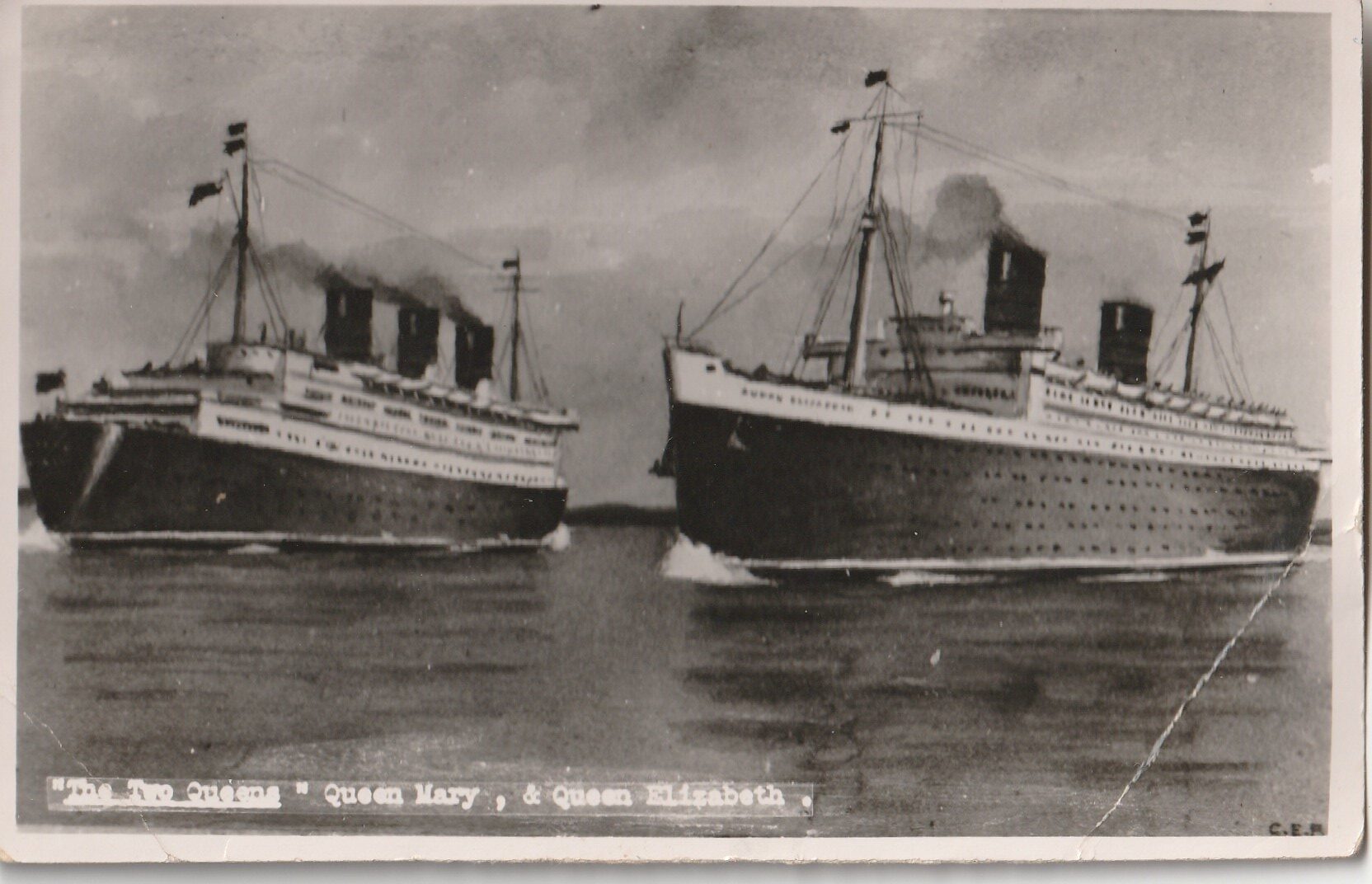I promised to tell you about the attempted murder at the Highlands Rural Learning Centre in 1992, how it changed my life, and how it played a part in my decision to immerse myself in over three years of interviews, investigation and writing about the Ronald Glen West case.
The Highlands Rural Learning Centre was located in the the little hamlet of Honeywood, sitting high atop the Niagara Escarpment in picturesque Mulmur and occupying an old red brick school house. Our services were directed to a large number of relatively isolated seniors, as well as children, many of whom were latch-key kids, as their parents commuted to larger centres during the day.
On one particularly sunny September day in 1992 – as I worked in my tiny office and as my sole co-worker (and youth-worker) Lois Metz bustled about, planning crafts for the day’s after-school group – I was alerted by a fellow hired to paint the trim on the outside of the school. He had noticed a commotion at the house across the street. He believed that he had seen a child, covered with blood, being pulled into the house by a large man.
From my office I was unable to see the front of the house, so I quickly descended the front stairs and ran out the door of the Centre as I let Lois know I was going to see if help was needed. I was aware that the occupants of the house were relatively new to the village, and that both young girls who lived there had recently enrolled in Lois’ after-school program. Other than that, I knew nothing of the family.
As I approached the house, I noted large pools of blood on the front step, as well as fresh blood still running down the door. I would later recall the smell of the blood. Believing that this must have something to do with the injured child, I felt a sense of urgency. I pounded on the door, listening for any kind of response – but none came. I ran around the house, yelling (I can’t remember what exactly), finally returning to the front door. I pounded again and the door flew open: a diminutive woman, who could easily have been mistaken for a child, stood before me, covered in blood with just a housecoat across her shoulders. Behind her, at the top of the stairs, loomed the large, threatening outline of a man, a wild look about him and he was definitely not the desperate father rescuing an injured child. I immediately understood from the woman’s demeanour and her pleading look that intimated that this man was a threat. My only thought was to get this woman and myself the hell out of there.
I grabbed the woman, both dragging and carrying her across the street. We locked the Centre’s front door, and Lois tore off in search of some tea-towels to stem the considerable flow of blood from the woman’s breast and hands. The victim, obviously in shock, was still able to tell us that the wounds had been inflicted with a kitchen carving knife. I called the police, all the time watching the house across the street for any movement.
The victim, upon questioning, was able to tell us that her partner – the man in the house – was, in fact, a former cop and might have guns. Noticing that some local residents had assembled on the street as they determined to discover what the commotion was all about, I threw open a window, and using language that I would rarely use, told the group to take cover as the large man now making his way towards the car may be armed with a gun.
The burly man left the house in the family car, speeding off in a westerly direction. I called the police again to let them know of the man’s departure and the fact that both of the woman’s daughters were in school – we feared he may be going there. The victim, although under huge duress was able to tell us about her terrifying ordeal and the days of bizarre behaviour leading up to the knifing. The victim felt that the man may have attempted to poison her and had made threats of harm while expressing his belief that she was seeing other men. He had also been drinking very heavily leading up to the day of the attack. Both Lois and I were and continued to be in awe of her strength.
Help would soon arrive but it would take a few days before they tracked down the ex-cop. After her wounds were treated, the victim and her girls would be housed at a local women’s shelter. A pre-trial and trial would later ensue and I would receive my initial education about domestic abuse.
During the pre-trial the defendant sat at a table with his lawyer. As I glanced across the courtroom while the victim was on the stand, I noticed that the would-be-murderer was making stabbing gestures with his pen. I couldn’t believe that no one else seemed to be noticing and mentioned it to the police officer next to me. When we came back from recess, the defendant was secured, handcuffed and in the prisoner’s box. It was not the first time that I remember thinking “Is he mad or just evil?” When I heard years later of his death in jail due to a brain tumour, I thought, “Perhaps he was mad.”
The ex-cop was to receive ten years for attempted murder but died long before his release date. The victim and her two children were to relocate in search of a better life. To this day I treasure a small embroidered tulip in a blue frame that (I shall refer to her as Sue) made for me as a thank-you.
I have been asked how I felt that day and I have to confess that I felt like a robot and calmly gave all my information to the attending police. I literally went into a cold, rational place where I didn’t let myself feel much. One officer suggested that the reality would hit home later. It did and like a hammer. To this day I cannot tolerate being anywhere near sharp knives.
Two years later I would receive a Commissioner’s Citation for Bravery from the Ontario Provincial Police, and a Certificate of Commendation from the Governor General of Canada. I also embarked on a career working for the same women’s shelter that had supported the victim and her girls. I would often hold workshops for the female residents, extolling the benefits of journaling in the process of their recovery.
During my time working at the Women & Children’s Shelter in 1998, I ran into an old school friend, who alerted me to the two charges of murder that had been laid against Ronald Glen West for crimes he had committed in 1970. My friend told me that Ron had joined the Toronto Metro Police force after leaving school. In fact, it was during this period that he had committed the two grisly rapes and murders. I recall thinking: “another homicidal cop. It seems so unlikely.”
In regards to West, I had only dim recollections of a rather odd young man who seemed particularly uncomfortable around females. I remembered someone who faltered with speech at times, and kept his eyes downcast when addressing a female directly. He would often, with eyes averted, effect a slight grin, but that was all.
It would be over fifteen years after hearing about Ron’s arrest that I embarked upon the journey of writing about him. I hoped that my earlier recognition from the O.P.P. would assist me in contacting some of the key players who solved one of the oldest cold cases in Canadian history.
It did.





Joyce Delong
says:It’s amazing the twists and turns our lives take. Thank God you were there and you were brave enough to help that young woman.